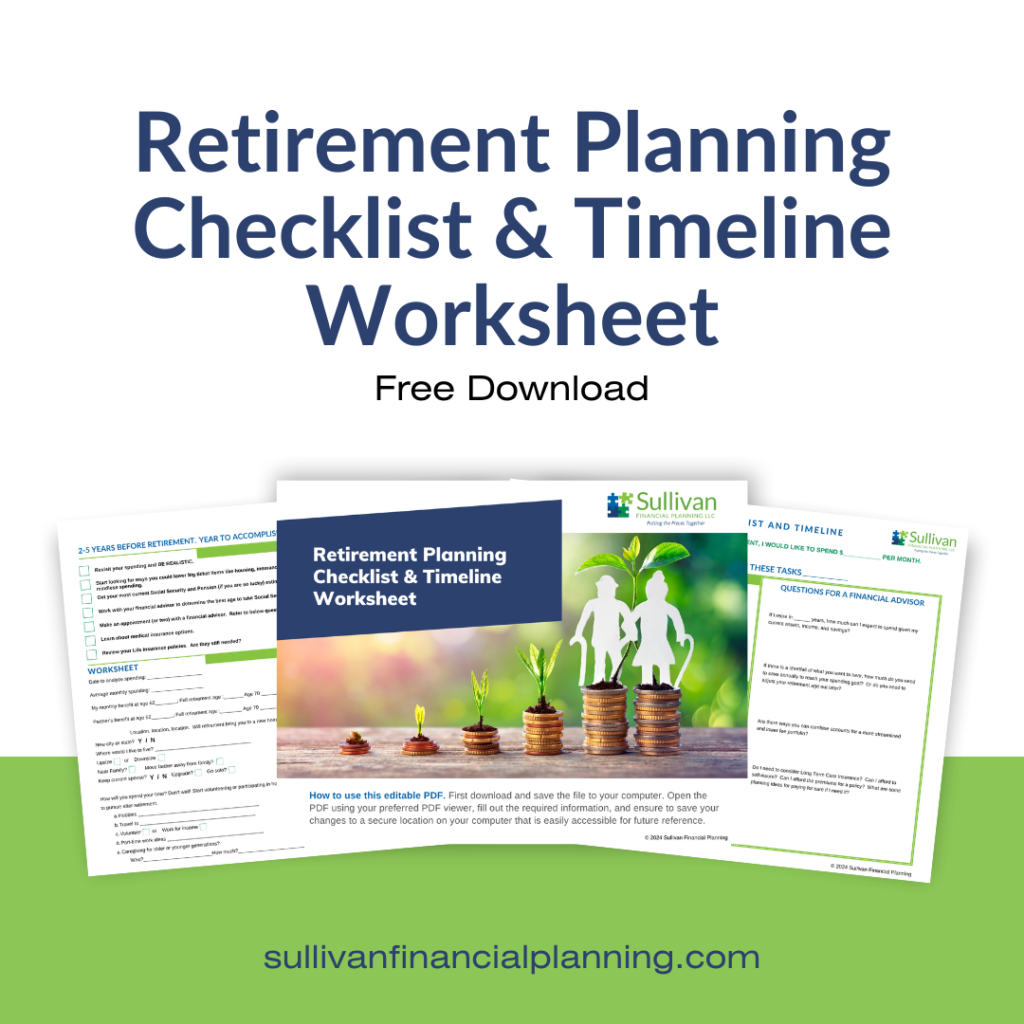Recently I took an online class that introduced The Spend Safely Strategy. As with most training you take, there was some rehashing of stuff I’d heard before, a couple of new nuggets of info, and some new ways of communicating old ideas. Here are a couple of takeaways:
First: Only one quarter of SS benefits are funded from the Social Security trust fund. The Social Security Trust is the fund that you get increasingly dire predictions of running out in 2034 or 2022 or 1996.That leaves 75% of benefits that are funded by current workers. The real SS trust fund is the willingness of workers to continue to paying FICA taxes. And since I don’t want my parents to stop getting their Social Security checks (thus moving in with me), I’m happy to keep on paying into that system. Hopefully my kids will feel the same way when I am 66 or 70 or 85.
Second: Longevity, or the lack of planning for it, is a real risk for the clients of financial advisers. You tend to be in the tranche of people who will live longest: well educated, financially stable, able to access good medical care, and willing to seek the advice of professionals. It all adds up to living into your nineties, so please, just believe your financial planner when they ask you to spend less in early retirement, so you have money left in your later years.
Third: How to look at your assets in relation to your expenses. Your retirement assets are not just what you have stashed in CDs. They include savings, but also your willingness to work, your ability to maximize Social Security by delaying payments, and use of home equity.
According to the wizards at Stanford behind the Spend Safely Strategy, you would match your fixed guaranteed income sources (Social Security, pensions, income annuities) to essential expenses (housing, food, medical, utilities). Protect your immediate need to spend from market volatility (1 years’ worth of discretionary expenses) by keeping a cash stash for short term needs. Withdraw assets from retirement accounts at roughly the same percentage dictated by IRS Required Minimum Distribution tables – around 3.6%. That’s your fun money.
If the numbers don’t work out, consider alternatives like tapping into home equity using a reverse mortgage, working part-time if you are healthy, or making changes to reduce your expenses.
That’s about it from the class. There, I just saved you an hour. You are welcome.



